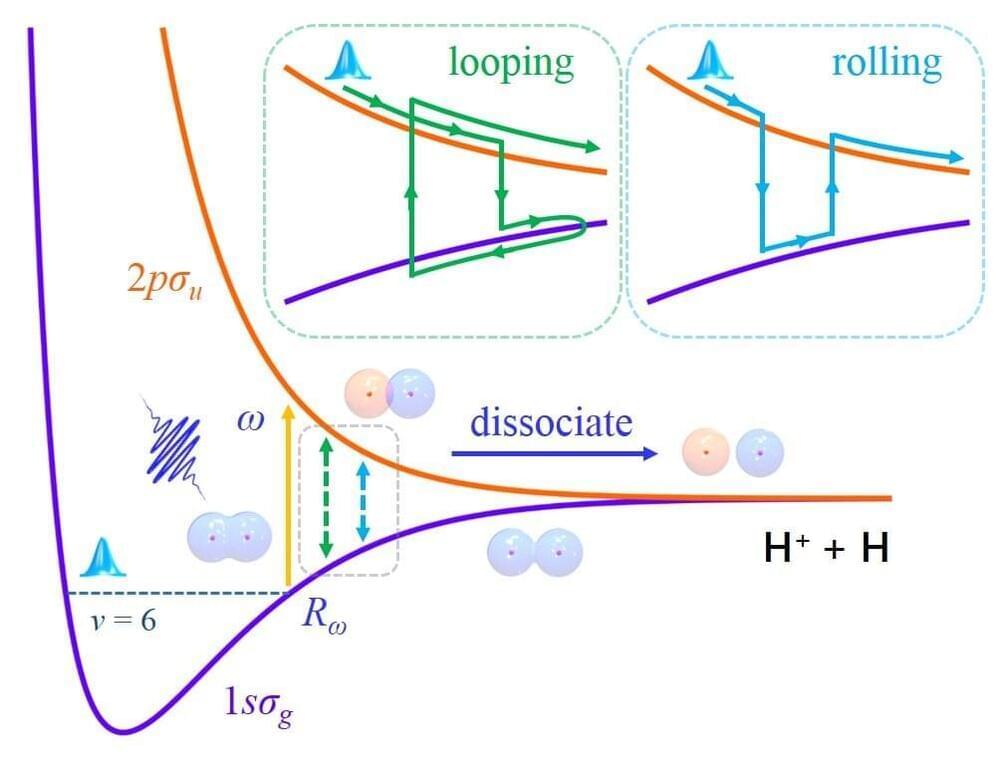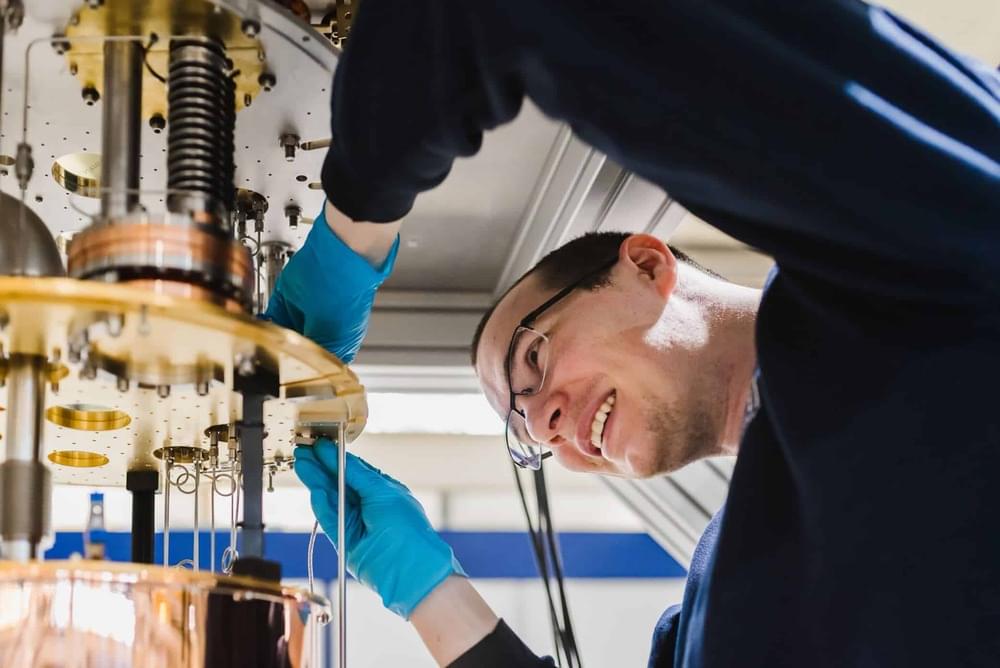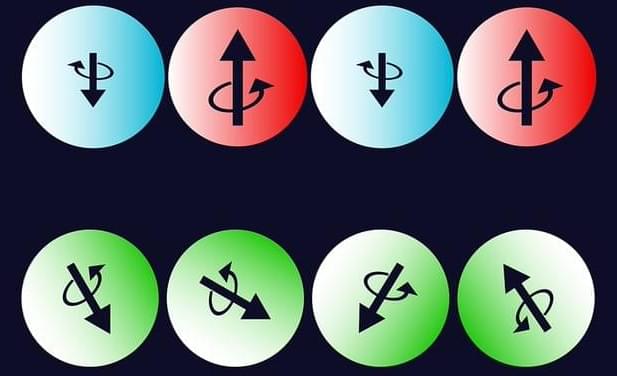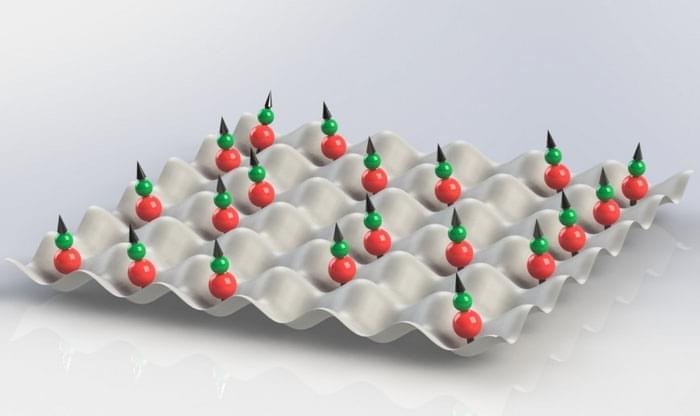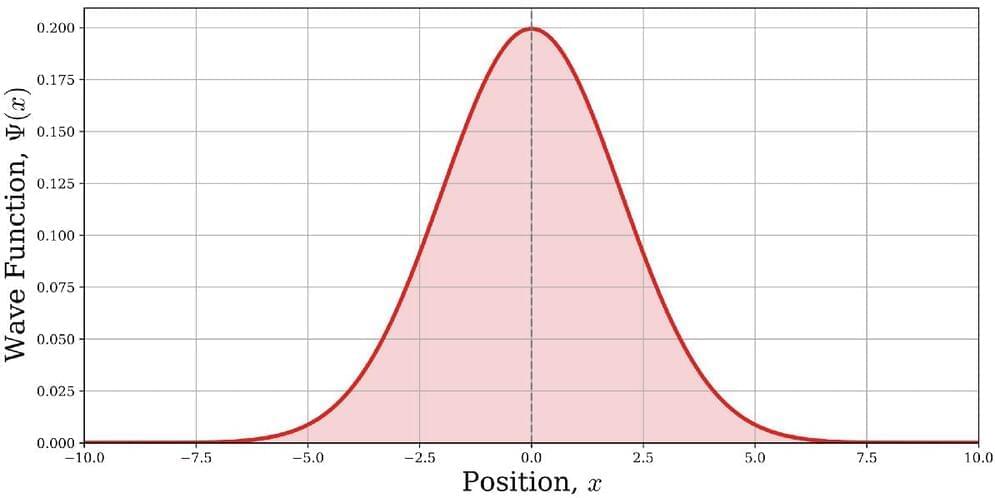Over eighty years ago, Rabi oscillations were proposed to describe the strong coupling and population transfer in a two-level quantum system exposed to an oscillatory driving field. As compared to atoms, molecules have an extra degree of vibration, which adds an additional knob to the Rabi oscillations in light-molecule interactions. However, how such a laser-driven Rabi oscillation during the stretching of molecular bonds determines the kinetic energy release (KER) spectrum of dissociative fragments is still an open question.
In a new article published in Light: Science & Applications, a joint team of scientists, led by Professor Feng He from Shanghai Jiao Tong University and Professor Jian Wu from East China Normal University has investigated Rabi oscillations in a stretching molecule and discovered the strong-field-induced dissociation dynamics beyond the well-accepted resonant one-photon dissociation scenario. During the dissociation of the simplest molecular ion of H2+, coupled with the laser field, the electron hops between the 1sσg and 2pσu states, forming the Rabi oscillations.
The ionization-created nuclear wave packet (NWP) may propagate alternatively along the two potential energy curves towards a larger internuclear distance monotonically, termed as the rolling process, or may propagate outwards along the 2pσu curve followed by the inward propagation in the 1sσg curve and then be relaunched to 2pσu state again followed by subsequent dissociation, termed as the looping process. The rolling and looping dissociation pathways lead to different KERs of the ejected dissociative fragments, which have been verified by comparing experimental measurements with quantum simulation results.
